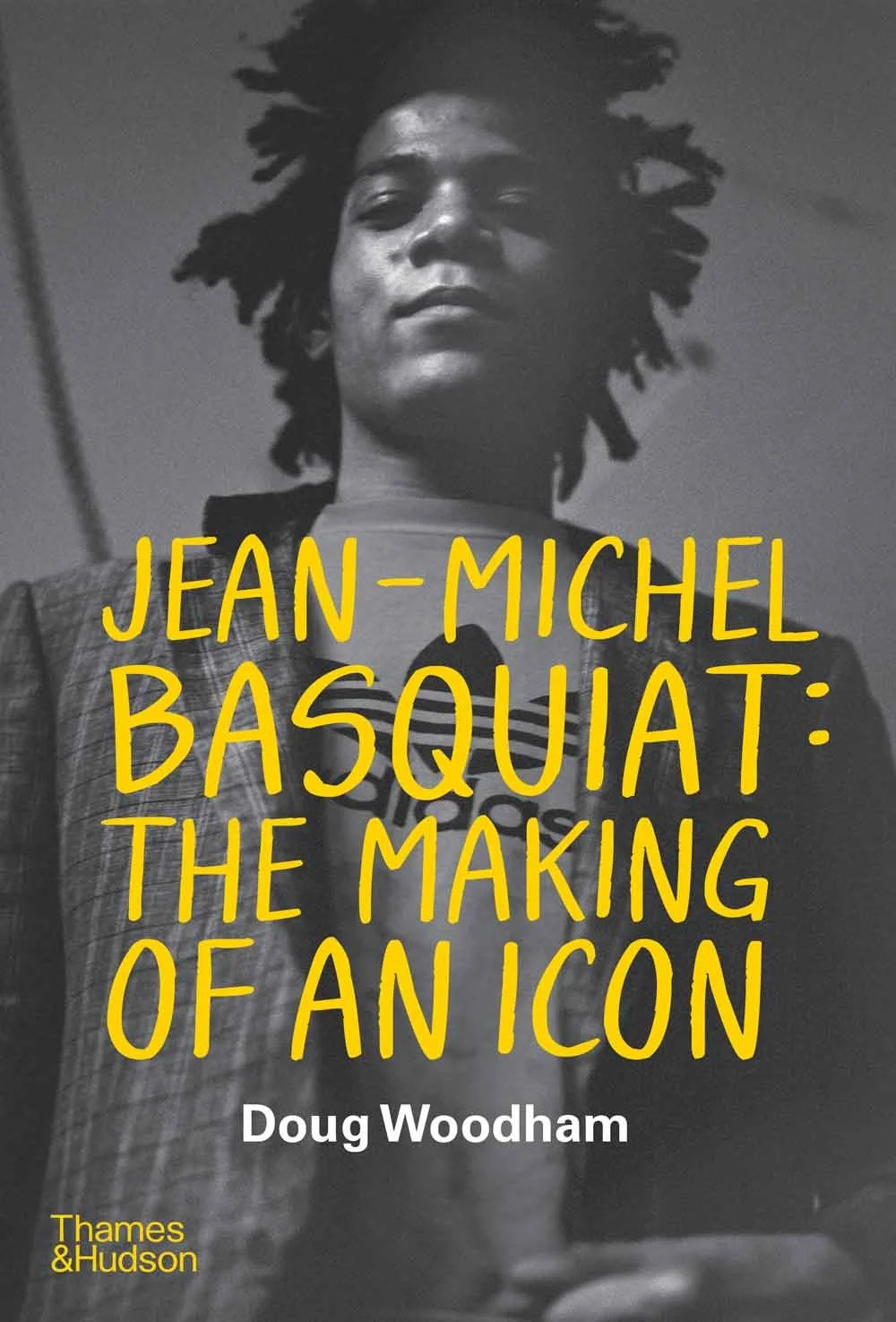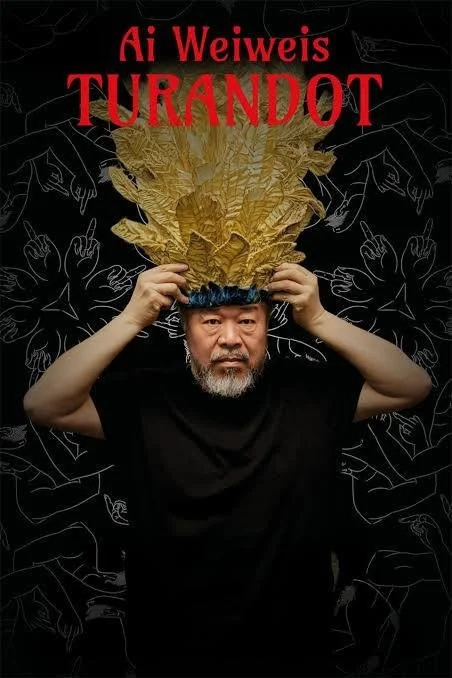Jon Joanis (b. Montréal, Canada 1969) spent his formative years learning drawing and painting under the Canadian painter and illustrator Leslie Coppold (Royal Canadian Academy of Arts) while assisting in teaching high school art classes and also briefly apprenticing with Canadian painter Stanley Cosgrove. In 1988, after completing a Fine Arts and Design program near Montréal, Jon had two works selected to represent Canada for a UNESCO exhibition in Paris. Throughout, Joanis studied and performed music professionally as a jazz guitarist, eventually becoming a student of guitarist Mike Stern in New York City, and also studying guitar and composition under Roddy Ellias in Montréal. Over the years, Jon worked as an artist and designer for other artists and special effects companies in Montréal and Los Angeles, painting, sculpting and model-making as well as freelance graphic and interior designing. Jon continues to play and write music, while seriously reacquainting and reconfirming his relationship with drawing and painting. Joanis lives and works in South Texas. @Jon_Joanis_
Where were you born and raised? How did it influence your art and your thinking about the world? I was born in Montréal, Canada and grew up in a very small town not very far from there. I was very impatient to leave there and be in a city so I guess that counts as a sort of early influence. But certainly growing up in a place that was removed from city life gave me ample opportunity to witness small aspects of the natural world from a safe vantage point. This same vantage point also provided me a decidedly naive perspective on the world - aspects of which I chose to hold onto.
When did you realize that you wanted to devote your life to art? For you, what is the importance of the arts? I doubt that there was ever a "big bang" moment for myself. What I do remember is that it was simply "always there" and so I likely never really had a love for art per se - it was a necessary and mundane thing. Like oxygen. Invisible and taken for granted. It is in this way that I feel that the arts are important. There is an aspect to them that should be invisible and taken for granted. They should always be present and a part of our everyday lexicon of survival. Both socially and individually. Art was always something that I just did in various forms and it was a way (or THE way) that I could learn and make sense of the world. And although I had always worked in the arts, the term "artist" was always a bit confusing to me (and still is) and so I must admit to never really setting out to become one in a serious way. That path had always appeared distant and unrelated to my life.
What does your typical day in the studio look like? Walk us through your studio and the rhythm of your studio life. After years of not having a studio at all (and very little time for painting), I have a habit of taking care of everything that needs doing around the house first before going in. This probably stems from very rarely having a space to work that was separate from my actual living space. That coupled with the need to keep clean and organized (at least on the surface if nothing else). When I finally do get in there, I will continue to procrastinate productively while I go through the usual ritual mind games that range from self-doubt to enthusiasm for the current work or project. I have come to use acrylics mostly and have developed a kind of technique that can give me a similar colour complexity that one might get from using oils by taking advantage of the textural possibilities of the acrylic and then applying wax pigments on top. This ultimately stems from not being able to use oils while living in small studio apartments but still wanting to create complex colour interactions.
What projects are you at work on at the moment? What are you currently making, and what ideas or tensions are guiding the work?
Amongst other works, I am currently working on a series of "lunar portraits" that I feel are half painting, half model. These are all tondos that are partially sculpted in bas-relief and also use phosphorescent pigments and well as acrylic. The result is essentially two works in one - one light painting and one dark. I used to work as a model-maker and helped to make several projects mostly for movies and TV. This series definitely has ties to that experience. A working title for this series is Monolith.
What do you hope people feel when they experience your art? What do you hope viewers walk away with after spending time with your work? These are always the hardest questions to answer but I think that I'd people to feel wonderment and the joy of not knowing anything. For me, it's not about what someone might experience while looking at one of my paintings but what they experience afterwards as they look out into whatever world they occupy in the moment. When I paint, I strive to occupy a sort of "pre-language" place. The kind of mind we all had when we were very young and before we needed to label everything. I want people to have that experience again. It's a rather tall order but that is so much of where I paint comes from that I'd like others to remember this long forgotten part of their lives. Even if just for a fleeting moment.
If you could sit down with any artist from history—even for an hour—who would you choose, and why?
Definitely those cave painters at Lascaux.
You’ve moved fluidly between visual art and music since your teens. How do those two practices speak to each other for you?
I was always pretty serious about music and have worked as a musician in some capacity since I was around 14. For me, the disciplines, although differing in skill sets, occupy almost the same mental and emotional space. Also, I learned (and continue to learn) about harmony and composition in art and music almost synchronistically and simultaneously. But where the inspiration comes from in the desire to be connected to these worlds is harder to locate.
What has living in a quieter part of South Texas offered your creative life? After spending most of my life in Montréal, Canada, I now live with my wife, 2 dogs and a cat in a much smaller community in South Texas (the town my wife is from). My daily life has changed dramatically and the relative quietness has given me space and time away from the constant distractions and perceived duties of the city. As a painter, I rarely engage with my community (or anyone for that matter) but I have become very involved with the local International Museum of Art and Science and was recently placed on their board of trustees. The directorship and staff there are a truly amazing and dedicated group that I am privileged to get to work with.
Tell us about solo show with Acquavella in Palm Beach. What made that project particularly challenging, and how did you navigate its demands? In 2023 I made a solo show for Acquavella Galleries Palm Beach location. I had to set aside most of my year for that and although it wasn't my first solo show, it was one that I had to start from scratch and really think and feel my way through. After a couple of false starts, I finally began to see something forming that gave me direction but if there hadn't been a very real deadline, I might have started over several more times. Usually, I work with an adequate amount of internal pressure that seems to be just enough to maintain a level of self criticism (for the work at least) but thankfully, not enough to completely paralyze. Added to this was the external pressure of attempting something I hadn't ever really done before and for a major gallery that was also being so supportive. I eventually just gave in to the vision and let the first few paintings I had completed guide me to the next and so on. This isn't without its difficulties but it created for me and for the time, a kind of "micro process" - one that I could lean into just for that project when I needed it.
Tell us about important teachers and mentors who helped shape your creative path. I never got to study formally all that much but I was lucky and opportunistic enough to find the right people when I could. When I was 13 or so, I was mowing lawns and doing odd jobs and managed to get the lawn mowing gig at the property of the Canadian painter Stanley Cosgrove who lived in my small town. I eventually got myself invited to his studio and got to show him my work. He was a recluse but afforded me thoughtful critique and encouragement. Later on but still in my teens, I got to study music with jazz guitarist Mike Stern in NYC. This was nerve-wracking but he was incredibly generous and patient with me. He still is.
Your work is imbued with the beauty and wonder of the natural world. Is there a particular memory or image from nature that stays with you—one that continues to inform your painting or your sense of purpose? I was born in 1969 shortly after the moon landing. I grew up after the world saw the earth from the orbit of the moon (that famous Earthrise photo actually from 1968) where there was suddenly a "new paradigm" and we marveled at the beauty a fragility of the planet.... Even as a kid I thought it felt a little silly to need some great technical leap forward to usher in some newfound appreciation for what was already at our feet and our fingertips. I still feel this way and at least in some part I do wish to remind those who see my work of just that: Painting itself is such a low-tech event that I hope that fact alone can bring someone a moment of wonder. Not for my work but for what is all around us.
We’re in a moment of accelerated change with AI and technology. As someone who’s worked with both the hand and the machine, what role do you think human-made art plays in this new terrain? Even with all the shortcomings and aesthetic problems of the current AI models. And with legal implications of this kind of large-scale theft (according to Chomsky, anyway), I still feel that ultimately, this is still "us" at large. For better or for worse. I hope to never get "the industry" confused or conflated with "the art". This is an industry-driven desire that may be used at some point to create amazing things. Perhaps the great artists of the future need not always have the physical skills or abilities or financial opportunities to produce meaningful art. I have always imagined that the greatest musical or artistic minds of our time may never be known to us. Not merely because they didn't receive any recognition but even worse - that they were never even able to produce the work and embark on the journey in the first place. I like to think that technologies such as this will reveal some great ideas from minds that otherwise may never be known to us.
Exploring ideas, art and the creative process connects me to…Tomorrow.




















































































